How to Winterize Your Sprinkler System

Automated and permanent sprinkler systems are ideal for keeping your lawn green through a hot and dry summer. Yet when fall and winter roll around, freezing temperatures put the system at risk for serious damage.
Winterizing your sprinkler system is the best way to ensure it stays in great shape year after year. For the quickest possible winterization process with no chance of damage, install an automated drainage system on your sprinklers.
Picking the Right Time
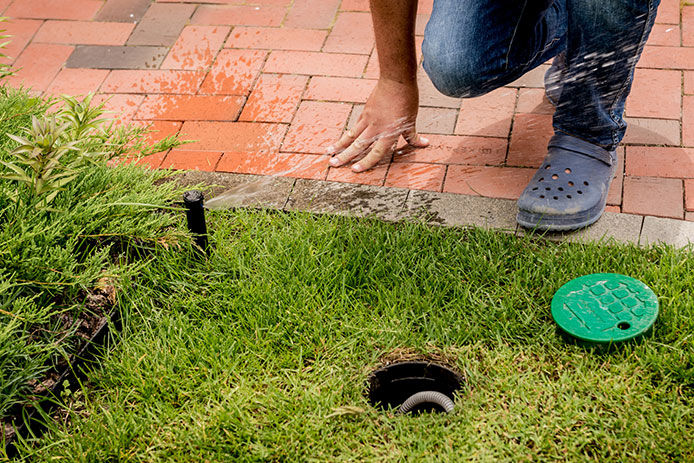
Unless you live in a warm climate that never approaches freezing temperatures, you should drain your sprinkler system each fall to winterize it. Depending on the design of your system, you have a few options to choose from for winterization methods.
Though waiting too long to winterize your sprinkler systems leaves them at risk for damage, shutting off the flow of water too early and subjecting your lawn to a few weeks of hot and dry weather may keep it from surviving the winter.
You should try to shut off the system about one week before your area's first expected frost. This is hard to predict, so err on the early side and consider watering manually with a hose and sprayer if necessary until then. Because a lawn can easily handle a week or two without watering when cold temperatures set in, timing the winterization will keep it growing steadily until it enters its natural dormancy for winter.
Understanding the Risks of Forgetting to Winterize
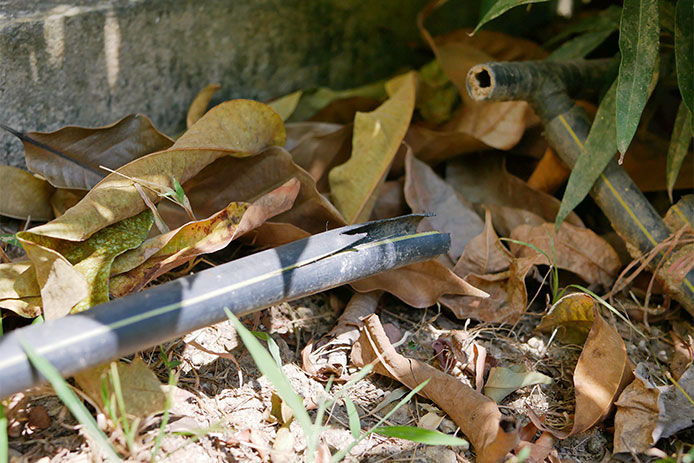
If you forget to winterize, you’re looking at some serious repairs next spring. Depending on the type and severity of the damage, you might have to dig up the sprinkler supply lines during the winter to control water loss and prevent flooding.
Sprinklers and other irrigation equipment become damaged in the winter if water is left in the lines. Freezing water expands rapidly, breaking apart PVC and plastic parts throughout the system. Any time the weather rises above freezing, you’ll experience leaks that increase your water bills and damage the soil around your home.
Using an Air Compressor
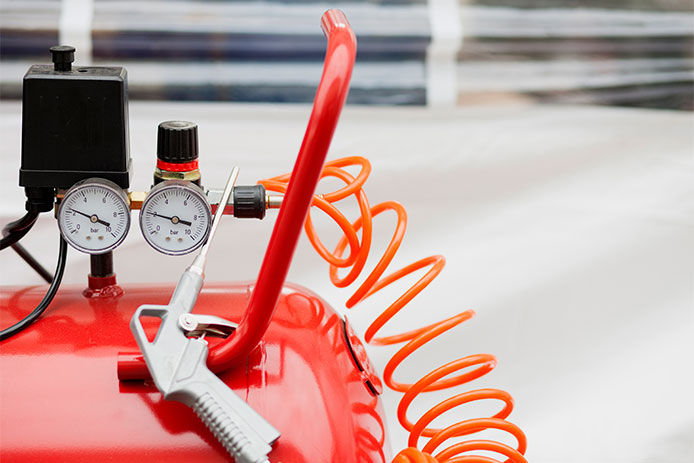
For the fastest but riskiest methods of winterizing a sprinkler system, you can blow the remaining air out of the lines with an air compressor. You’ll need both the right air pressure and volume to empty the system completely. Air must also be blown through each backflow preventer individually to keep them from freezing. Most systems need a compressor capable of providing 10 cubic feet of air per minute.
Stick to 50 PSI for polyethylene pipes and 80 PSI for PVC pipes. With a little practice, you can use a rented or purchased air compressor to clean out your sprinkler system in about half an hour.
Draining the System Manually
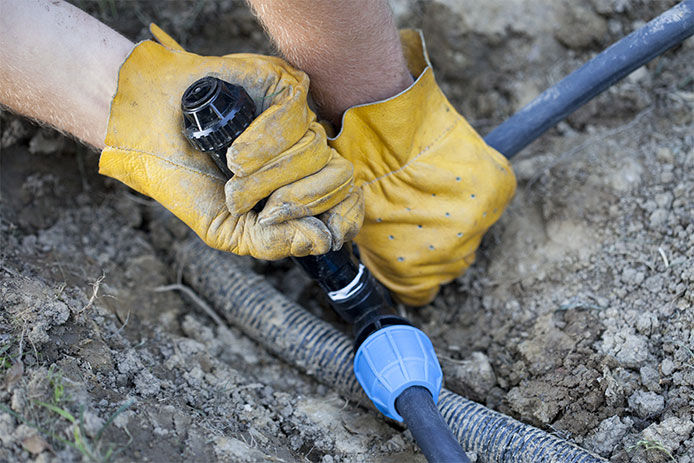
If you’re not sure what material was used for your sprinkler system or you’re wary of using a large air compressor, don’t worry. You can still easily drain your entire system by hand without taking much more time.
The installers who put in the system originally attached several drains at the lowest points. By opening these drains, you’ll remove the water from the pipes and lines by gravity alone.
Don’t forget to open the backflow preventers, too. Shut off the water supply first or you’ll end up with a mess rather than empty irrigation pipes.
Adding Insulation
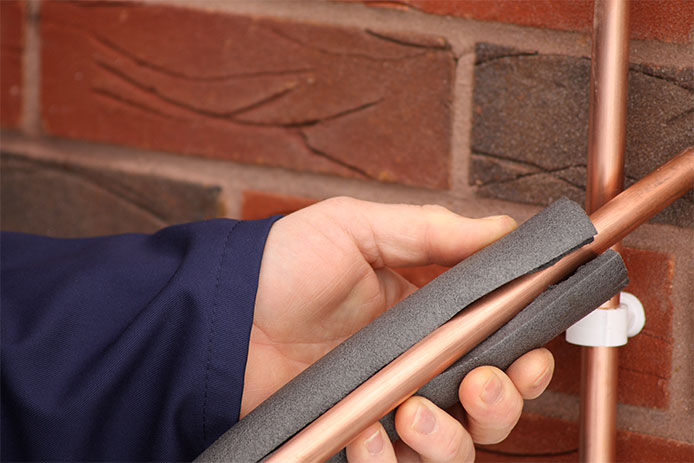
Once the system is empty of water, lingering moisture that freezes can still crack the valves, backflow preventers, and other vulnerable parts. Wrapping these parts with insulating tape or foam wraps will protect them from low temperatures with little effort. There’s no need to add heated cables or tapes unless you can’t drain certain parts of the irrigation system.
Switching off the Controller

Don’t forget to shut off any automatic timers and controller units after draining the pipes. If your controller has a pause or winter mode, it will save your settings but not activate the system until you switch it back to active use. Otherwise, turn off the controller so it doesn’t switch on the flow during the winter. This is especially important if it’s wired to control a water pump that could easily burn out if switched on while the water supply is disconnected.
Considering Automated Drainage System

If you’re still in the planning stage of putting in a sprinkler system, consider working in features like extra drains and automated equipment to make it easy to winterize each year. Instead of manual valves for drainage, these automated drains blow out any standing water each time you turn off the water supply.